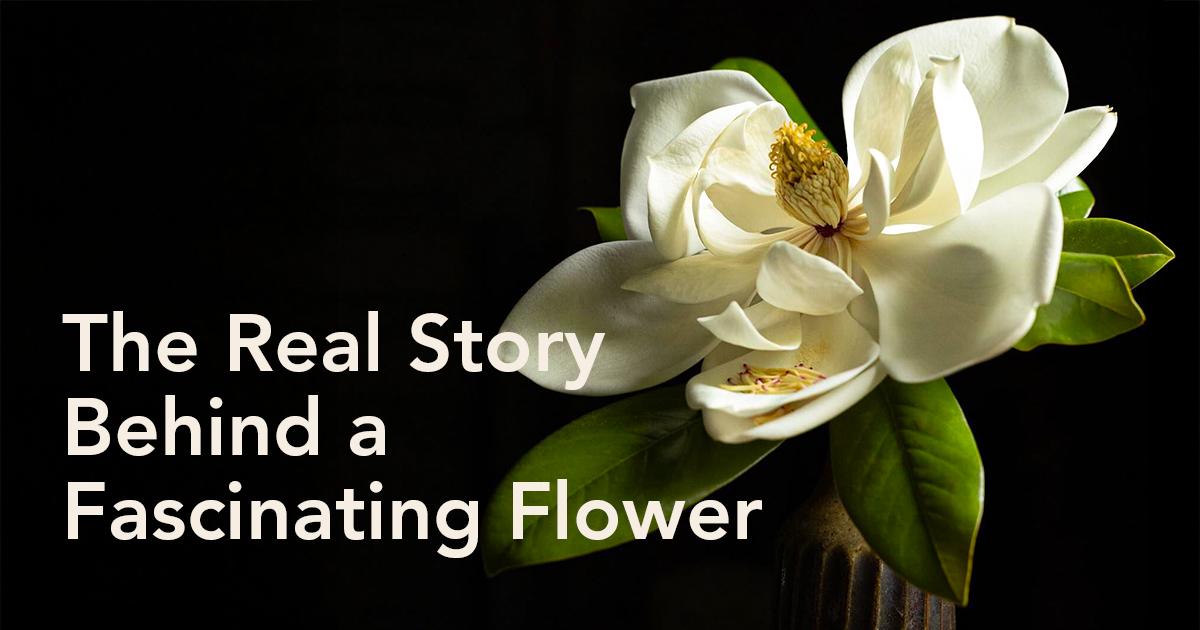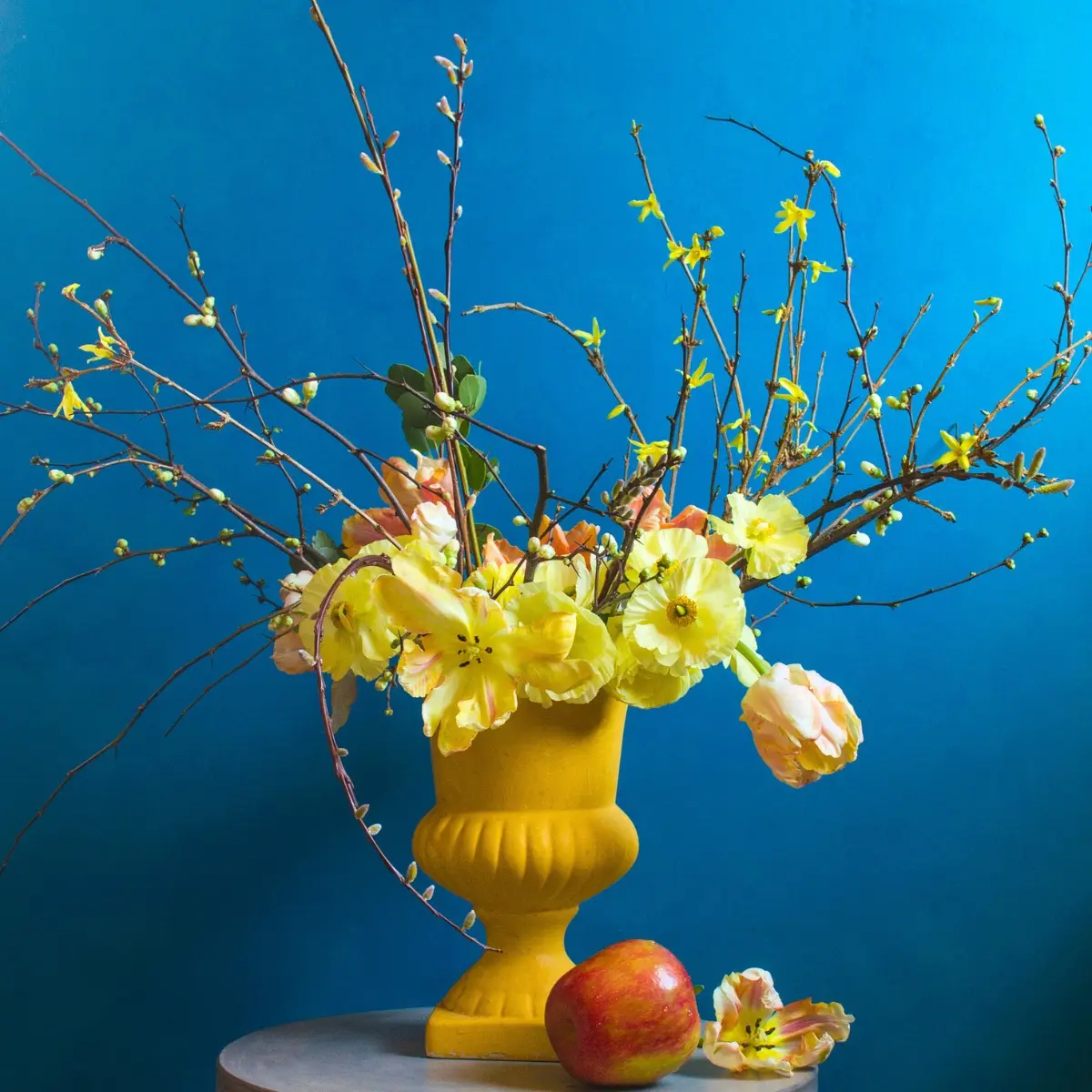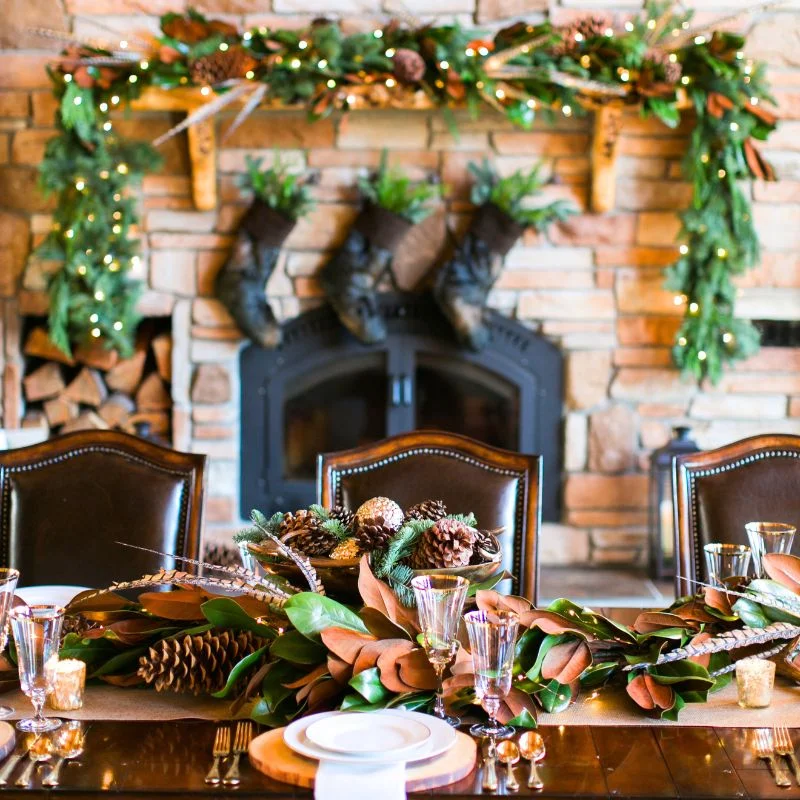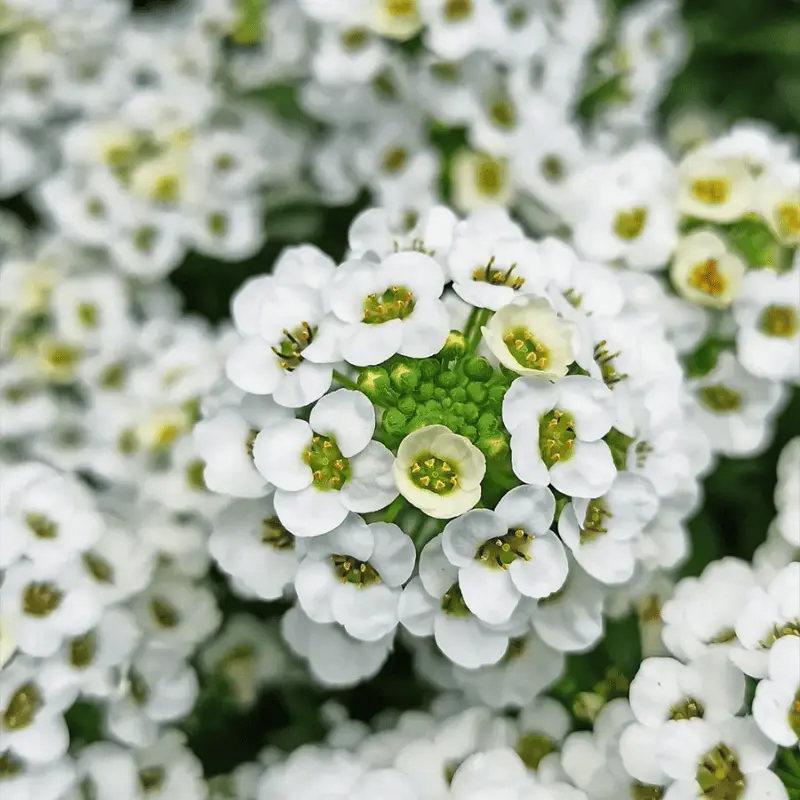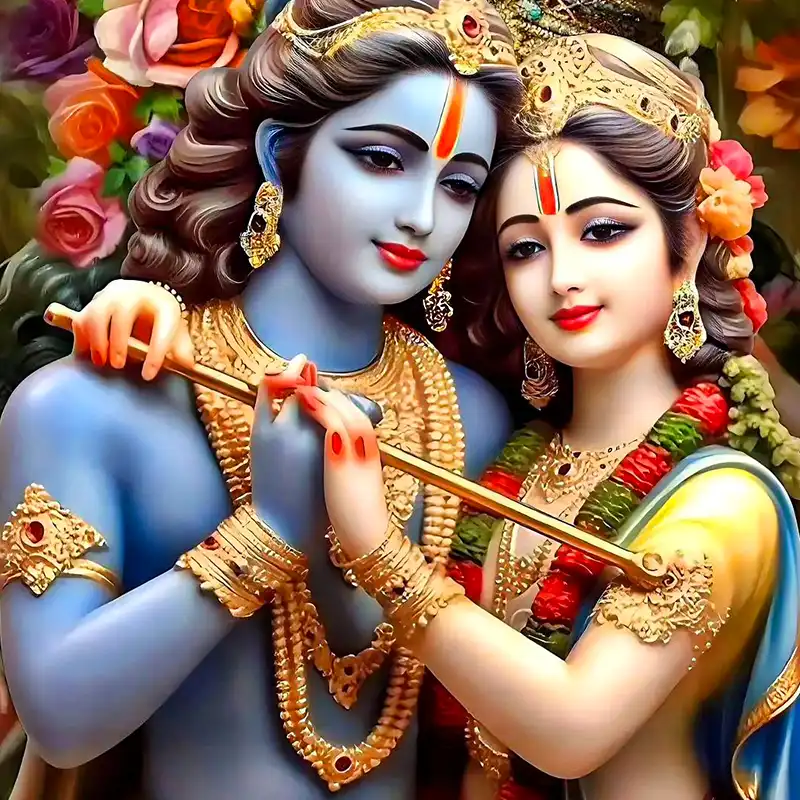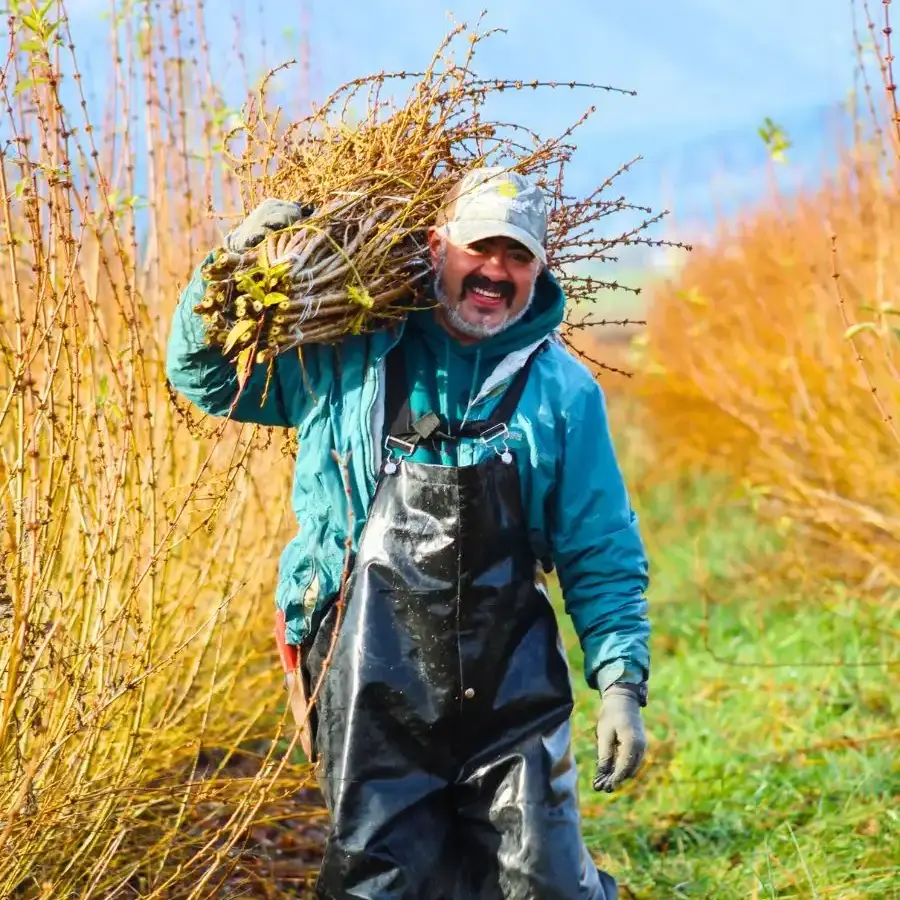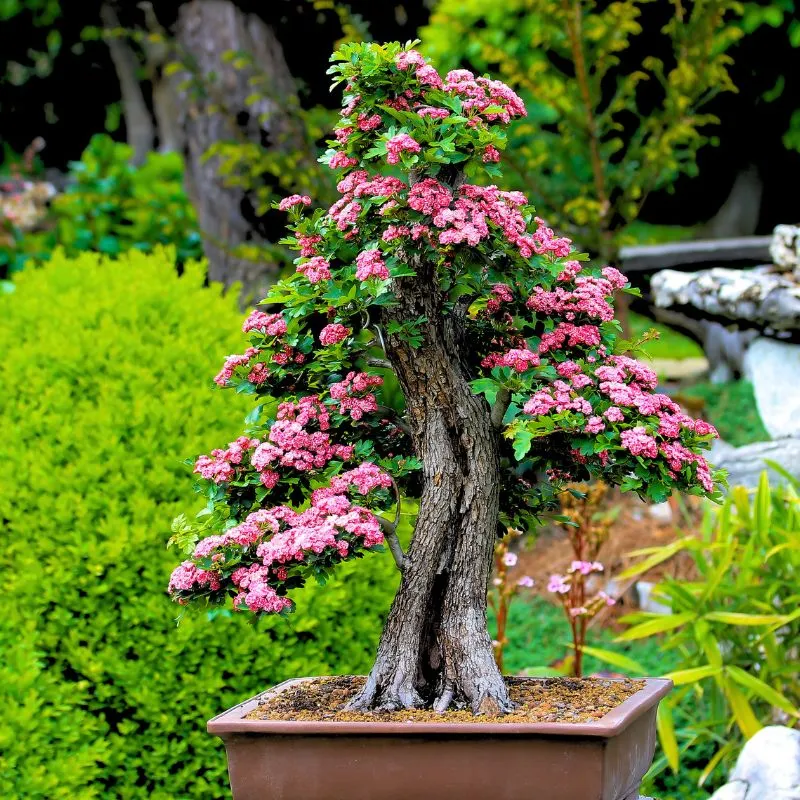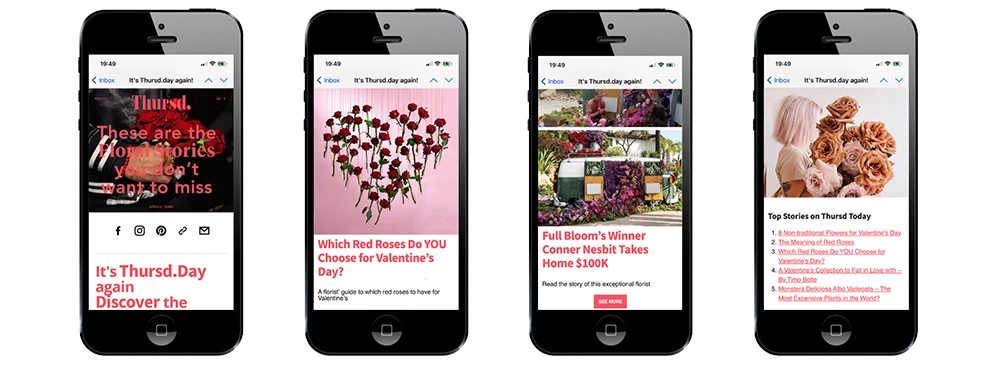The Magnolia is one of those flowers that’s instantly recognizable. Its elegant petals and rich, waxy texture make it a standout in the botanical world. But beyond its aesthetic appeal, the Magnolia carries layers of meaning, cultural significance, and even practical uses that make it much more than just a pretty bloom. Let’s break it all down—no fluff, just the real story behind this fascinating flower.
Magnolia - A Flower With Ancient Roots
Magnolias are ancient. Fossil records show that they’ve been around for over 100 million years. Yep, you read that right, they were presumably the first flowers in the history of Earth. These flowers existed before bees were even a thing. Back then, they relied on beetles for pollination (they still do!). That’s why their petals are so thick and tough—they needed to withstand the clumsy antics of beetles stomping around.


Because of their ancient lineage, Magnolias are often seen as symbols of endurance, strength, and stability. They’ve literally stood the test of time. Planting a Magnolia tree can feel like making a long-term commitment to beauty and resilience.
Further Looking into the Rich History of Magnolia
Magnolia trees are often regarded as iconic trees with a rich history that spans continents. The genus name “Magnolia” comes from the French botanist Pierre Magnol. It was the Swedish botanist Carl Linneaus who officially adopted this nomenclature to honor Magnol’s pioneering work in classifying flowering plants. Today, organizations like the Magnolia Society and Magnolia Society International strive to preserve and study the many magnolia species found worldwide—an enduring tribute to these beautiful trees.
Magnolia blossoms are celebrated globally for their symbolic meanings, encompassing everything from womanly beauty to bride's purity. Across ancient China, East Asia, South America, Central America, and even the West Indies, these stunning beautiful blooms hold spiritual meanings linked to lunar goddess and solar goddess mythologies, highlighting both purity and nobility. In places like North K orea, certain species of magnolia trees have become cherished as a national flower, while in the southern United States, the magnolia tree exudes souther charm and stands as the official state flower of Mississippi—famously known as the magnolia state.
In terms of magnolia color meanings, enthusiasts often explore how each hue carries unique magnolia meanings. For instance, the white petals of magnolia blossoms signify both elegance and womanly beauty, while purple magnolias evoke royalty and luxury. The delicate pink magnolia flowers embody grace and romance, and many gardeners adore pink magnolia varieties for their soft, pastel tones. Vibrant options like the yellow magnolia or the exotic magnolia sieboldii broaden the palette of magnolia flowers, each contributing to magnolia flower color meanings.
From budding flower buds to a full, showy bloom, these magnolia trees command attention everywhere from grand estates to the white house. As an american evergreen species, certain types—like the Southern Magnolia—retain leaves year-round, and many magnolias produce oils, including magnolia oil, valued for their medicinal properties in traditional chinese medicine. Fans of the magnolia flower often note how this blossom embodies enduring themes of love and resilience—core to any magnolia flower meaning or broader magnolia meanings that transcend cultures. Whether it’s a pink magnolia or a glossy evergreen variety, onlookers remain captivated by the allure of magnolia flowers in their gardens. A magnolia tree can also serve as a symbol of hope and renewal, bridging the gap between nature’s raw beauty and our collective sense of wonder.
What Do Magnolias Symbolize?
The meaning of the Magnolia can vary depending on where you are in the world and how it’s being used. But generally, they’re associated with qualities like:
- Dignity and nobility: The sheer presence of a Magnolia tree or bloom has a certain stately elegance. It’s no wonder they’re often used in weddings and formal events.
- Purity: White Magnolias, in particular, are tied to purity and innocence. They’re a popular choice for bridal bouquets to represent devotion.
- Femininity: Many cultures link Magnolias with feminine beauty and grace, though not in a shallow way. It’s more about strength wrapped in softness.
- Love of nature: Since Magnolias are such a prominent feature in gardens and parks, they’ve become symbols of a deep appreciation for the natural world. In Asian cultures, Magnolias can be tied to spirituality, enlightenment, or harmony with nature

The Victorian era saw the rise of floriography, the 'language of flowers'. Back then, people used flowers to send messages they couldn’t say out loud. Picking Magnolias was a bold choice, often representing dignity and a love of nature. Giving someone a Magnolia was like saying, "I admire your strength and beauty" without uttering a word.

Magnolia Tattoos
You can see its symbolic value back not only in the way they are used for different occasions and rituals but also in fashion and even tattoos. People get Magnolia tattoos for a bunch of reasons, but it mostly boils down to symbolism. This flower has a long history in different cultures, and it represents things like strength, beauty, perseverance, and purity. A tattoo of this flower can symbolize someone’s ability to withstand challenges and keep going. In many cultures, Magnolias are linked to elegance and feminine energy. Some people get the tattoo as a tribute to someone they admire—like a mother, grandmother, or partner.
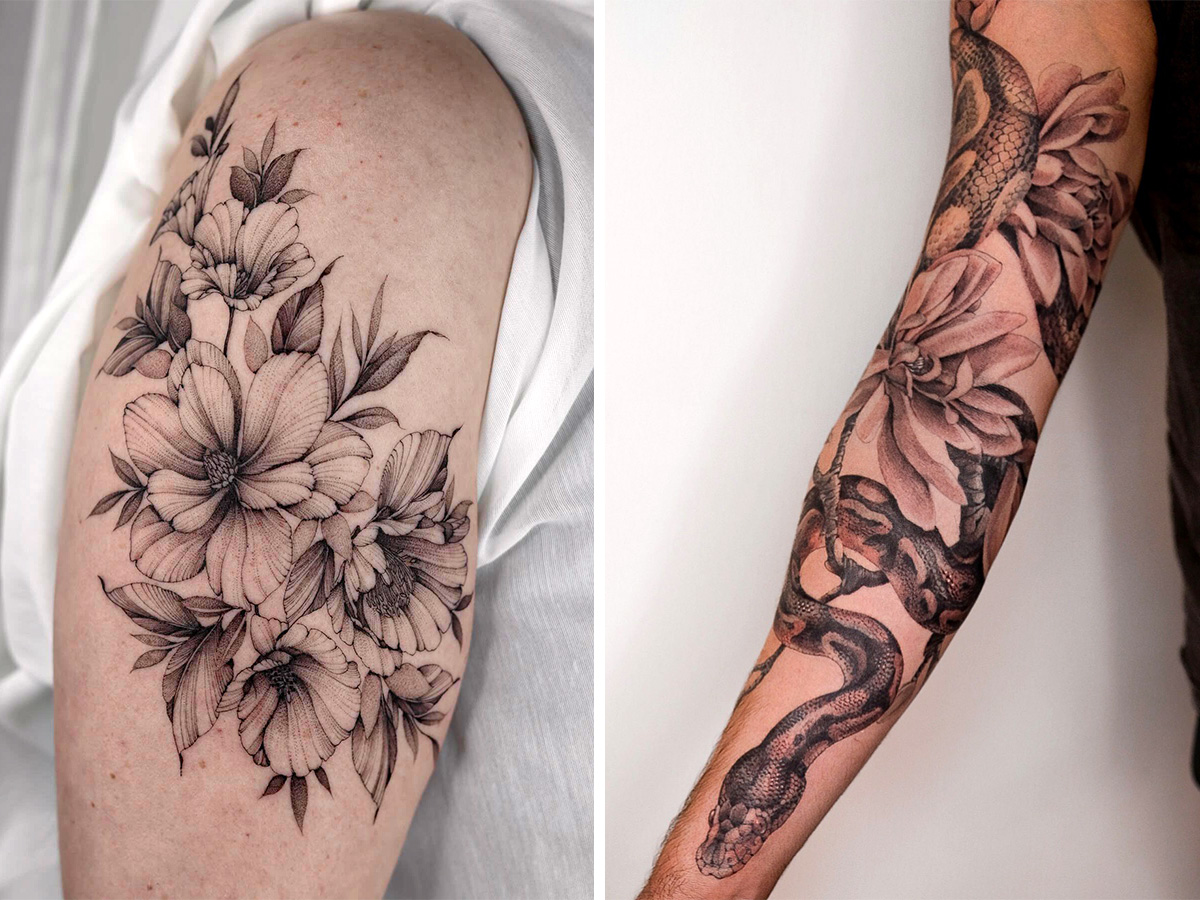
It might be logical that in the US, people from two particular states wear Magnolias more than elsewhere because it is the symbol of both Louisiana and Mississippi. People from those areas sometimes wear it as a nod to their roots. In the southern United States, the Magnolia grandiflora, with its creamy white flowers and glossy leaves, is iconic. It represents hospitality, warmth, and tradition. You’ll also often see Magnolias incorporated into Southern-style decor, whether that’s on a front porch or as part of a centerpiece.

Cultural Significance
Magnolias have different meanings in various cultures, and they’re woven into traditions and folklore in interesting ways.
You already just read about the southern states of the US but there's more across the globe. In Chinese culture, the Magnolia has long been a symbol of feminine beauty and gentleness. It’s also tied to nobility, likely because of its striking appearance and rarity in certain regions. The flower’s association with yin energy aligns it with qualities like intuition and nurturing.

In Japan, Magnolias are admired for their simplicity and natural beauty. They’re not overly ornamental, which fits well with the Japanese aesthetic of appreciating things in their purest form. Here, the Magnolia can symbolize perseverance and respect for nature’s quiet power.

Medicinal and Practical Uses
Magnolias aren’t just for show. They’ve been used in traditional medicine for centuries. Magnolia bark, for example, contains compounds that are believed to have anti-inflammatory and stress-relieving properties. It’s been used in Chinese medicine to treat everything from anxiety to digestive issues.
And did you know you can also eat Magnolias? They have a long history of being used in culinary traditions around the world. While not all magnolia species are edible, several have aromatic, citrusy, and slightly spicy petals that can be used in food and drinks. One of the most well-known ways to eat magnolia flowers is through pickling. This is particularly popular in Japanese and Chinese cuisine, where Magnolia hypoleuca (Japanese Bigleaf Magnolia) is used.
Note that not all magnolia species are edible, and some varieties have a bitter taste. The safest edible varieties include:
- Magnolia grandiflora (Southern Magnolia) – Mildly spicy, similar to ginger.
- Magnolia kobus – Slightly citrusy and floral.
- Magnolia × Soulangeana – Sweet, mild, good for pickling.
- Magnolia liliiflora (Lily Magnolia) – Has a light, gingery flavor.
Some modern skincare products even feature Magnolia extract for its supposed anti-aging and soothing effects. It’s a reminder that this flower’s benefits go beyond the visual.
And, no wonder, famous perfume houses also use the scent of Magnolias to give a floral note to their fragrances, from fresh and light to deep and sensual. Whether you're into fruity florals or something more musky, there's likely a magnolia-infused scent that fits your vibe.
You might consider smelling like Gucci Flora Gorgeous Magnolia, Frederic Malle Eau de Magnolia, Bvlgari Splendida Magnolia Sensuel, Acqua di Parma Magnolia Nobile, or Elizabeth Arden 5th Avenue.

Magnolias in Art and Literature
Artists and writers have been drawn to Magnolias for ages. They show up in paintings, poems, and even modern photography. Why? Because they’re evocative without being over-the-top. A Magnolia in full bloom can convey a sense of calm, strength, or fleeting beauty, depending on the context.
As a writer from the American South, William Faulkner frequently included references to Magnolias in his descriptions of the landscape. The flower is often associated with Southern heritage, deep-rooted traditions, and even decay. In 'A Streetcar Named Desire' by Tennessee Williams, the scent of Magnolias is mentioned, adding to the lush, intoxicating atmosphere of the play. Williams often used magnolias to represent fading beauty and nostalgia. Harper Lee's 'To Kill a Mockingbird' features Magnolias as part of its Southern setting, reinforcing the slow, humid charm of Maycomb, Alabama. While more drawn to simpler flowers like daisies, poet Emily Dickinson occasionally mentioned magnolias in letters and poetry, associating them with grandeur and grace.
Artists like the worldwide famous painter Frida Kahlo have depicted Magnolias as well. In 1945 she made the still life 'Magnolias' in her characteristic style. Also acknowledged 19th and 20th-century painters like Martin Johnson Heade, John Singer Sargent, and Josephine Joy have made one or more paintings that feature this flower. These artworks highlight the magnolia's appeal across different artistic styles and periods.

And what about the movies? Many of you will have seen the 1999 motion picture 'Magnolia' by director Paul Thomas Anderson, featuring Tom Cruise, Julianne Moore, and Philip Seymour Hoffman. Its story is about human fragility, the weight of past choices, and the small miracles that bring people together—ideas that fit well with the resilience and beauty of the Magnolia flower.
Popular Varieties
Magnolias come in a range of species, each with its own personality. Here are a few standouts:
- Southern Magnolia (Magnolia grandiflora): Known for its large, fragrant white blooms and evergreen leaves, this is the classic Magnolia of the American South.
- Star Magnolia (Magnolia stellata): A smaller tree with star-shaped white or pink flowers. It’s often one of the first trees to bloom in spring.
- Saucer Magnolia (Magnolia × Soulangeana): A hybrid variety with large, saucer-shaped flowers in shades of pink and purple. It’s a favorite in gardens worldwide.
- Cucumber Tree (Magnolia acuminata): This species gets its name from the cucumber-like shape of its unripe fruit. It’s less flashy but still holds its own in the Magnolia family.

Magnolia grandiflora (@aleksandrafloralstylist), Magnolia stellata (@marijagaloickaras), Magnolia x Soulangeana (@olafmystic), Magnolia acuminata (@promessedefleurs)
Growing Your Own Magnolia
If you’re thinking of adding a Magnolia to your garden, you’re in for a treat. But they do require some TLC. Here are a few quick tips:
- Choose the right spot: Magnolias need plenty of sunlight and well-draining soil. Make sure they have room to grow, as some species can get quite large.
- Watering: Keep the soil moist but not soggy. Young trees especially need regular watering until they’re established.
- Pruning: Minimal pruning is best. If you need to shape your tree, do it after it finishes flowering to avoid cutting off next year’s buds.
- Pests and diseases: Watch out for scale insects and fungal diseases. A healthy tree is usually pretty resilient, but it’s good to keep an eye out.

More Than Just Pretty
Magnolias are more than just a pretty face. They’re steeped in history, cultural significance, and practical uses that make them a valuable part of our natural world. Whether you’re admiring one in a park, incorporating it into a bouquet, or planting a tree in your backyard, the Magnolia brings a little bit of timeless elegance to the table.

So next time you see a Magnolia , take a moment to appreciate all it represents. It’s not just a flower—it’s a symbol of strength, beauty, and the enduring power of nature.
Header image by @katherineenglishflora, feature image by @swiat_myszek.

